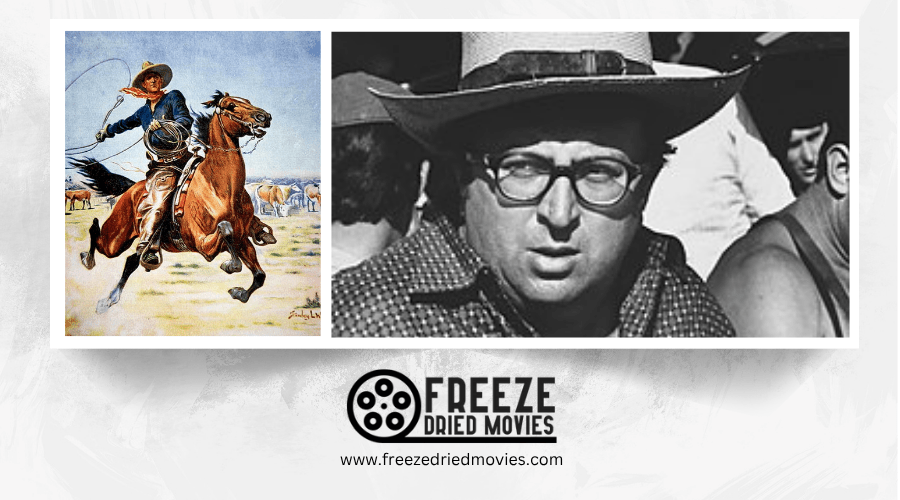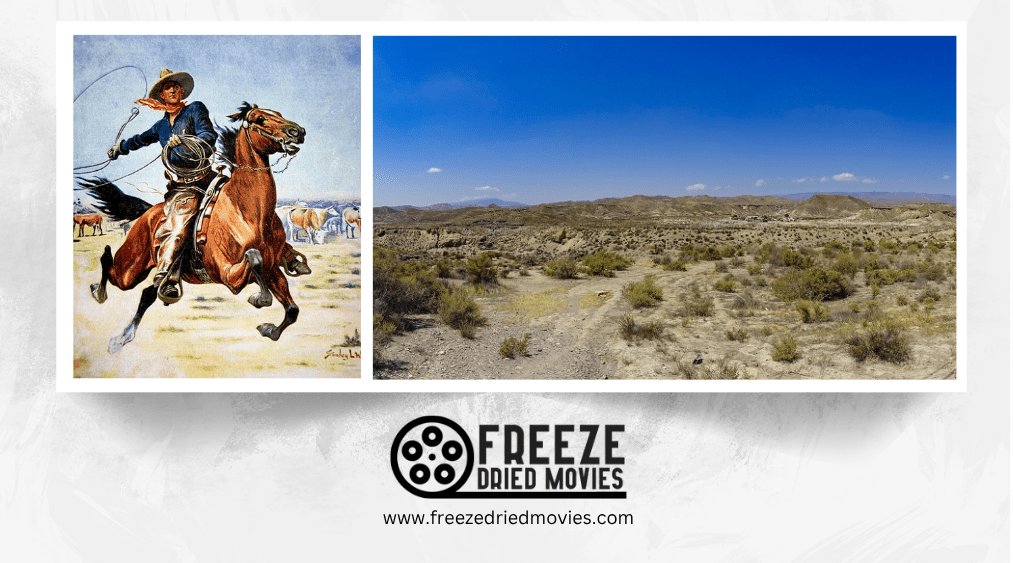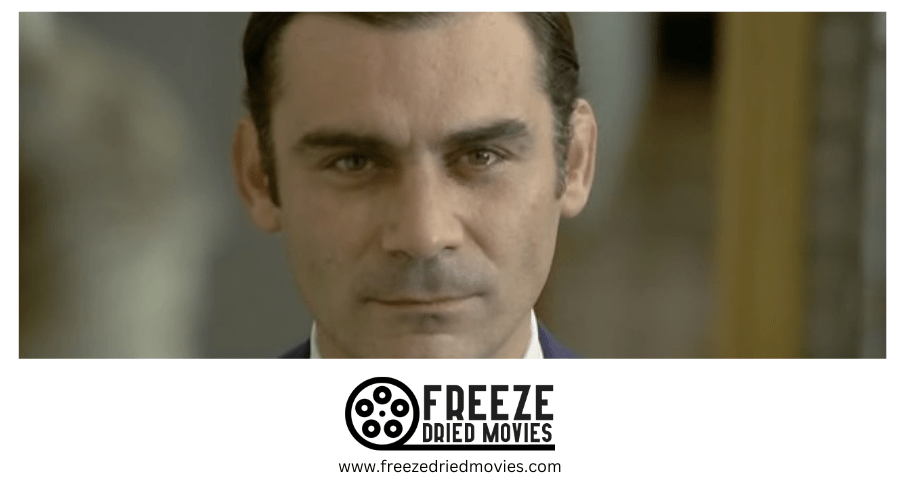From Kitchen-Sink Scripts to Epic Tales: Writing for Westerns

You've got a trail to blaze across the page, partner. Whether you're crafting a minimalist showdown or a sprawling frontier saga, your Western script demands both reverence for tradition and courage to innovate. Notice how the best modern Westerns don't just rehash dusty showdowns but inject psychological depth, diverse perspectives, and cross-genre elements that surprise audiences. The landscape stretches wide before you—from intimate character studies to blood-soaked epics—each requiring different storytelling weapons. Ready to saddle up?
Balancing Genre Traditions With Modern Sensibilities
Three essential tensions define contemporary Western screenwriting: honoring genre conventions while challenging outdated perspectives, maintaining period authenticity while addressing modern values, and celebrating the mythology of the American frontier while acknowledging its complex history.
When you're crafting a Western script, you'll need to respect traditional Western genre elements that audiences expect—dusty towns, frontier justice, moral conflicts—while subverting problematic stereotypes. You can reimagine classic characters with psychological depth and diverse backgrounds that weren't represented in traditional Westerns. This doesn't mean abandoning the genre's essence but evolving it.
Your screenplay should acknowledge historical realities of the American West while creating narratives that resonate with today's viewers who demand more inclusive and ethically nuanced storytelling. Consider how films like "Broken Arrow" pioneered a new vision of the Western hero through cultural bridge building between white and Native American characters, emphasizing mutual respect rather than the stereotypical antagonistic portrayal.
Character-Driven Narratives in the Frontier Setting
While action sequences and gunfights might be what viewers initially expect from Westerns, the genre's most enduring stories place character development at their core. You'll find the frontier setting creates natural psychological thriller elements as characters confront moral ambiguities and internal conflicts in isolation.
When crafting your Western, subvert audience expectations by developing flawed protagonists who challenge traditional gunslinger archetypes. The harsh realities of frontier life force characters into ethically complex decisions that reveal their true nature.
New Hollywood filmmakers recognized this potential, using Westerns to explore broader societal issues like class divisions and racial tensions. Your narrative gains depth when characters must navigate limited resources and unforgiving landscapes, transforming what could be simple action sequences into introspective explorations of the human condition.
The most compelling Western narratives often feature reluctant heroes wrestling with competing loyalties while seeking redemption in a morally ambiguous frontier world.
The Art of Subverting Western Tropes and Expectations
These character-driven narratives create perfect opportunities to challenge established Western conventions. When crafting a revisionist Western, you'll find rich terrain by subverting audience expectations rather than reinforcing them. Directors like Tarantino and Hillcoat have masterfully created Western subgenres that question the traditional heroic cowboy archetypes.
To effectively subvert Western tropes:
- Introduce flawed protagonists who struggle with morality in harsh landscapes, like those in Bone Tomahawk or Bring Me the Head of Alfredo Garcia
- Blend genres by incorporating supernatural elements or crime thriller components that disrupt conventional Western settings
- Center marginalized perspectives that shift away from dominant white narratives, giving voice to indigenous experiences as seen in Sweet Country
This approach creates layered, complex narratives that confront audiences with uncomfortable truths about power, violence, and colonial history. Unlike the 1940s Westerns that celebrated rugged individualism as a cornerstone of American identity, modern revisionist takes often question the moral cost of such self-reliance.
Cross-Genre Experimentation: Horror, Thriller, and Fantasy Elements
You'll find thrillers seamlessly woven into Westerns like "The Proposition," exploring moral ambiguity against harsh landscapes. Meanwhile, Quentin Tarantino's genre-bending approach echoes the psychedelic precedent set by "El Topo," which married Western tropes with fantasy and gore.
Even social commentary finds its place, with "Sweet Country" examining post-colonial Aboriginal suffering while retaining Western structures. The genre thrives precisely because it accommodates these experimental crossbreeds.
Cultural Authenticity and Representation in Western Storytelling
Most early Western narratives committed grievous errors in their depiction of Native Americans, Mexican vaqueros, and Black cowboys—errors that contemporary Western writers must actively work to correct. The Old West's true diversity demands your authentic representation through diligent research and cultural consultation.
When crafting Western narratives, you'll need to:
- Consult primary sources from diverse perspectives, not just white settler accounts
- Collaborate with cultural consultants from Native American tribes featured in your story
- Avoid romanticizing or demonizing any cultural group through one-dimensional characterizations
Your responsibility extends beyond entertainment—you're reshaping public understanding of Western history. By depicting complex, historically accurate portrayals of diverse peoples who shaped the American frontier, you'll contribute to correcting generations of harmful stereotypes while creating richer, more compelling stories.
Landscape as Character: Writing Environment in Western Scripts
While characters drive the plot forward, the stark, unforgiving landscape of the American frontier stands as the defining character in any compelling Western script. You'll need to craft environments that evoke emotional responses, creating visual poetry through your descriptions of vast plains, treacherous mountains, and desolate deserts.
In Western films, landscape dictates survival rules and shapes character decisions. Your script should treat the American West as more than backdrop—it's an antagonist, ally, and witness to the human drama unfolding.
Weather becomes dialogue; terrain becomes obstacle; distance becomes enemy.
Don't merely describe locations. Show how characters interact with their environment, how it tests them, and how it reflects their internal struggles. The land's permanence against human transience creates the tension that defines this genre's enduring power.
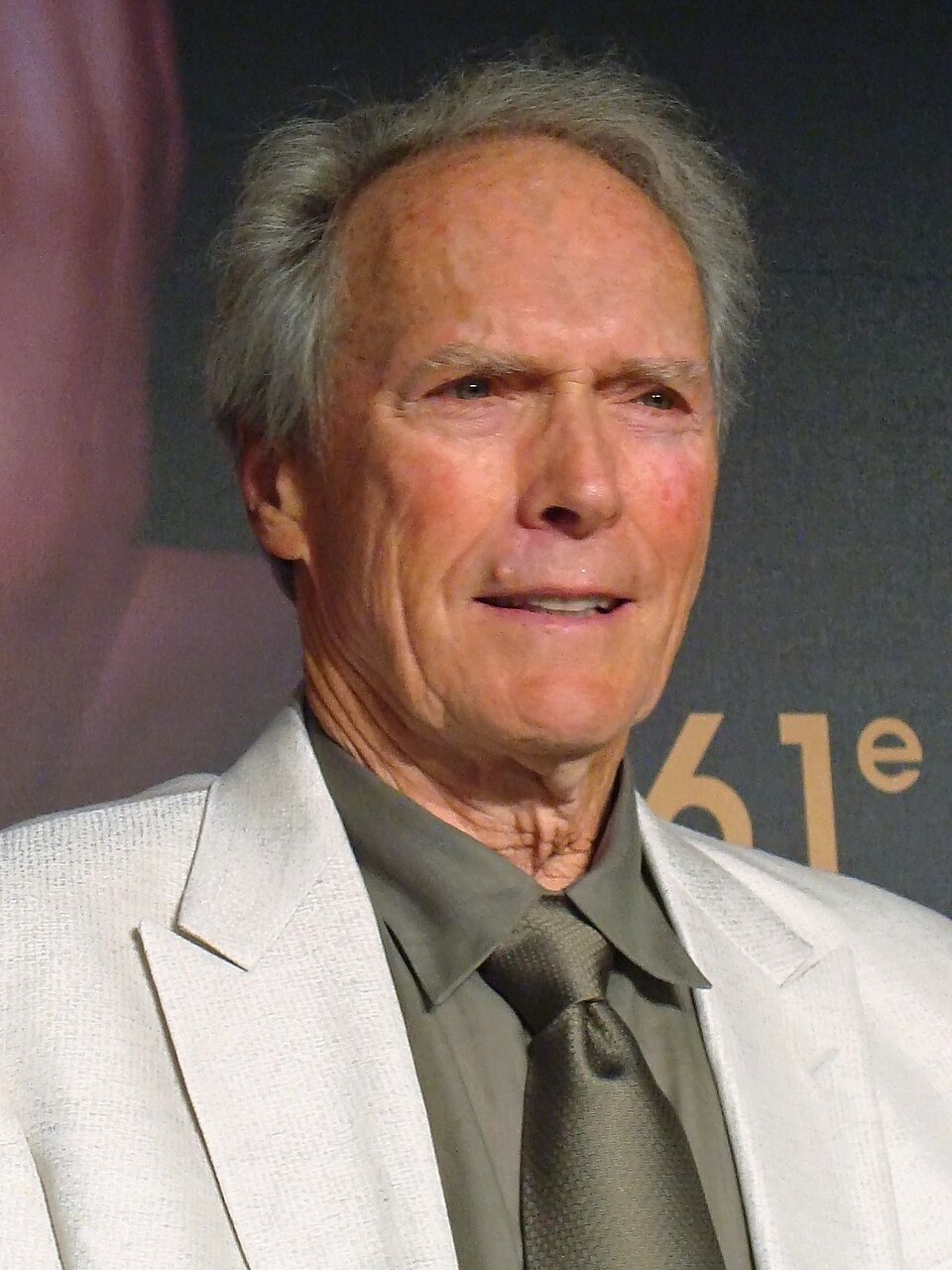
Dialogue Techniques for Period-Authentic Western Scripts
Authentic dialogue breathes life into Western scripts, transforming period settings from mere backdrops into living worlds that audiences can inhabit. When crafting your frontier exchanges, study the laconic power of Clint Eastwood's delivery and the distinctive cadence of John Wayne's speech to inform your character voices.
Your dialogue should reflect the era's linguistic landscape while avoiding modern intrusions that break immersion:
- Employ period vernacular and regional expressions that place your characters firmly in their time and location
- Balance economical, terse exchanges with occasional poetic contemplation of the landscape
- Create tension through what remains unsaid, mirroring the stoic nature of Western characters
Remember that Western dialogue isn't just about colorful slang—it's about capturing the rhythm and philosophy of a bygone America.
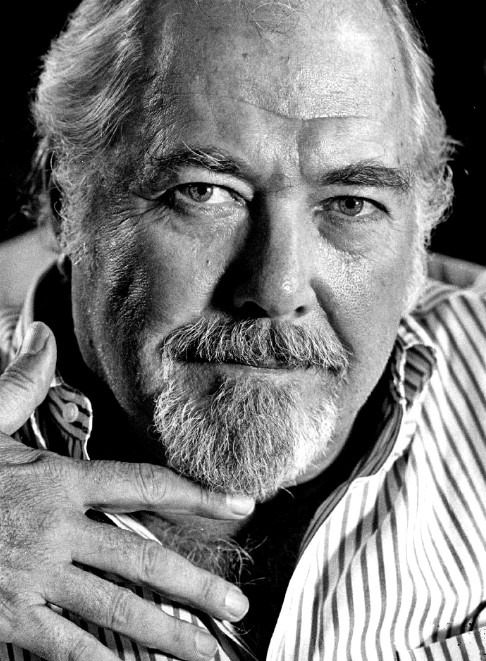
Crafting Moral Complexity in an Archetypal Framework
Beyond authentic dialogue lies the heart of compelling Western narratives: the moral landscape where your characters make their stand. While archetypes provide familiar entry points, your job is to subvert expectations by infusing psychological depth into seemingly stock characters.
Study how director Robert Altman transformed the Western in "McCabe & Mrs. Miller" by creating protagonists whose contradictions drive the narrative. The legendary relationship between Pat Garrett and Billy the Kid works because it explores the gray space between law and lawlessness, loyalty and betrayal.
You'll create more resonant Westerns by contextualizing your stories within broader social issues and blending genres to complicate moral certainties. Prioritize character interactions over spectacle, allowing emotional authenticity to emerge from your frontier setting. The most memorable Westerns don't just show good versus evil—they question what those concepts mean.
From Low-Budget Indies to Studio Epics: Scale in Western Screenwriting
Unlike most other genres, the Western offers screenwriters a remarkable spectrum of scale possibilities, from scrappy indie productions to sprawling studio epics. When writing for the West, you'll need to tailor your approach to match production realities while preserving the genre's essence.
Films like "El Mariachi" and "Bone Tomahawk" prove you don't need massive budgets to create compelling Western stories—just creative writing and production techniques. Consider:
- Character-driven narratives (like "Near Dark") for smaller productions
- Expansive historical settings and larger casts (like "The Proposition") for epic tales
- Adapting your storytelling to balance character development with spectacle
The Western film genre's versatility allows for remarkable experimentation, from the minimalist simplicity of "Sweet Country" to the hallucinogenic grandeur of "El Topo."

